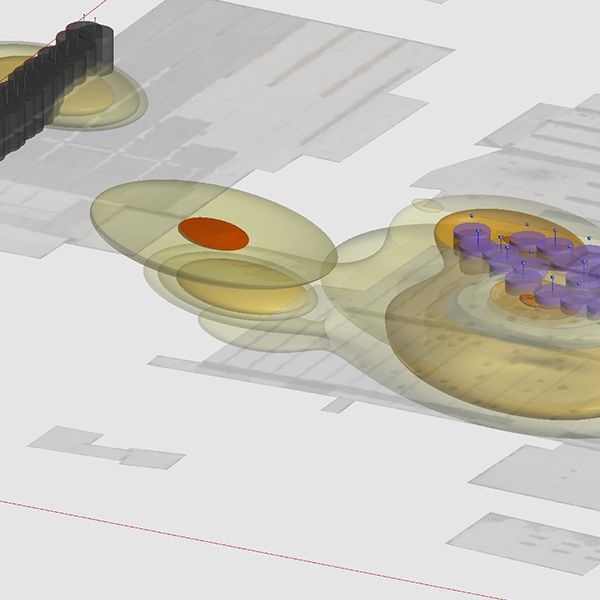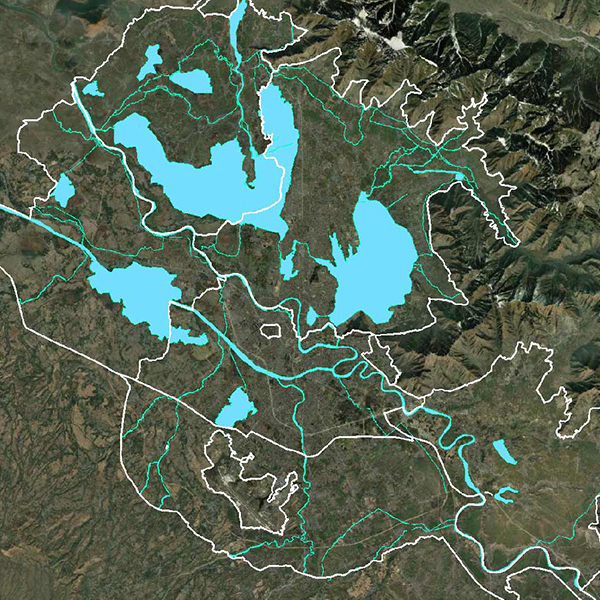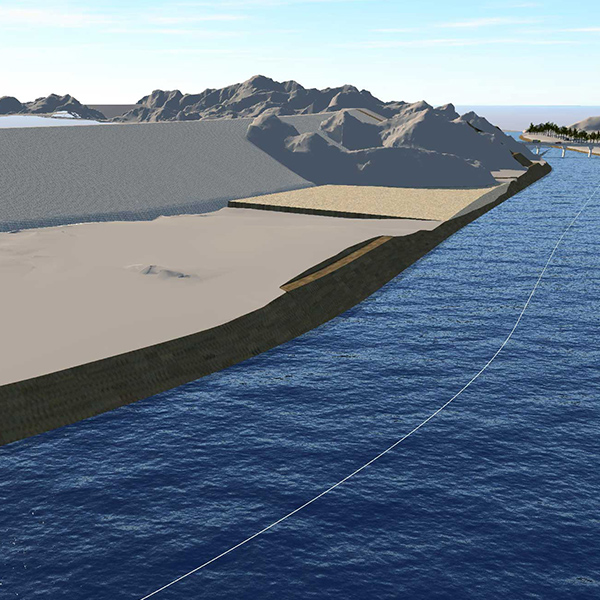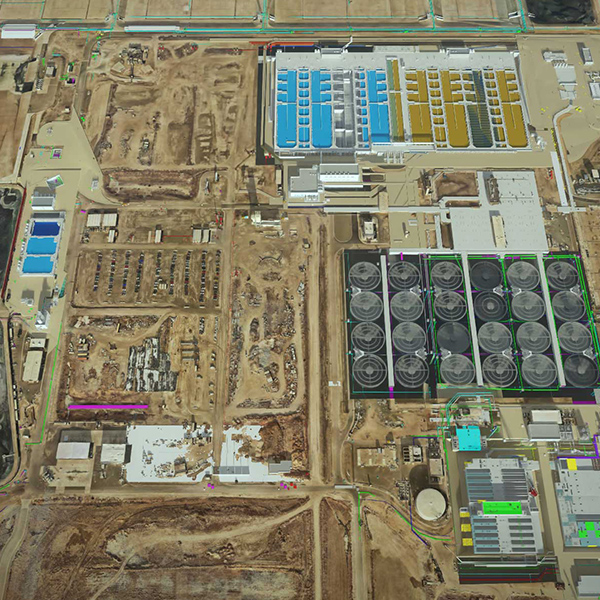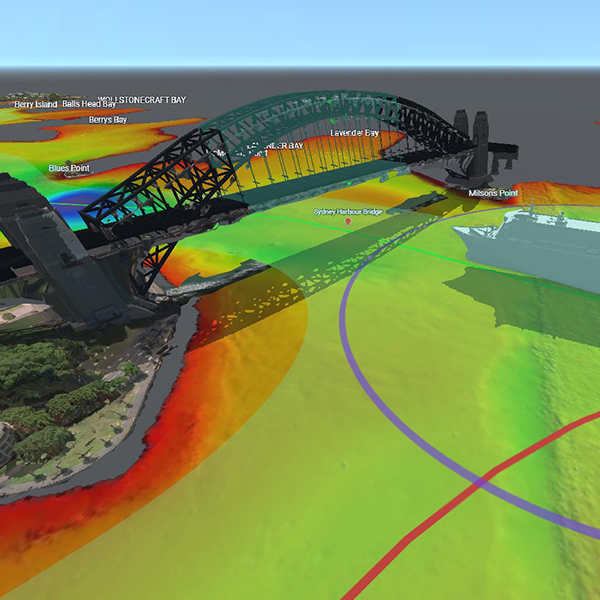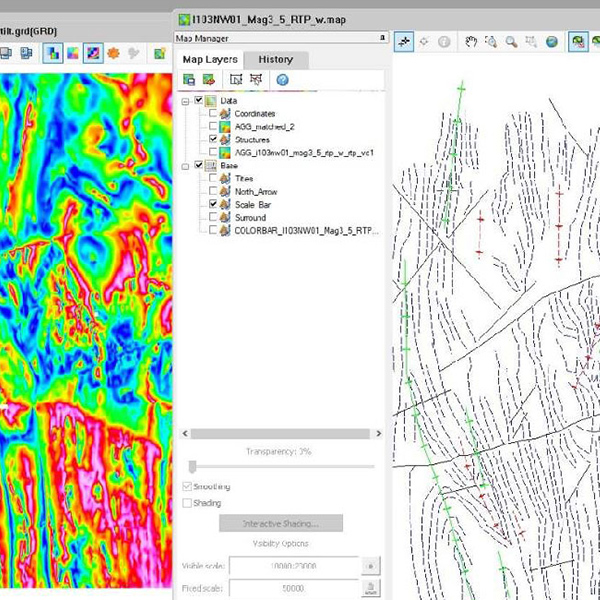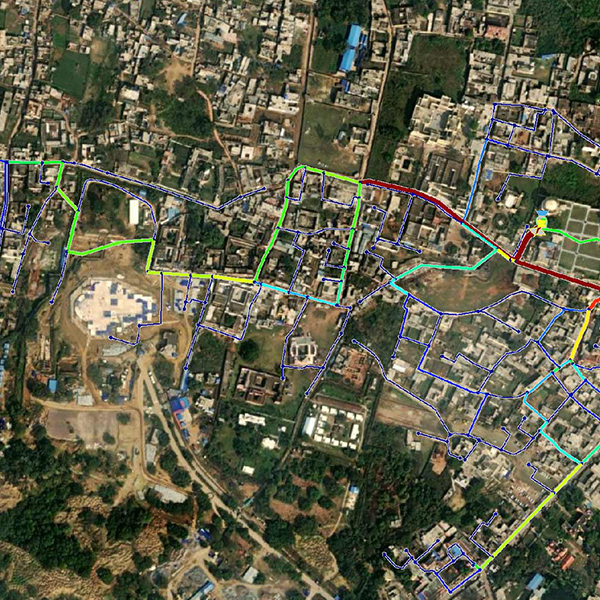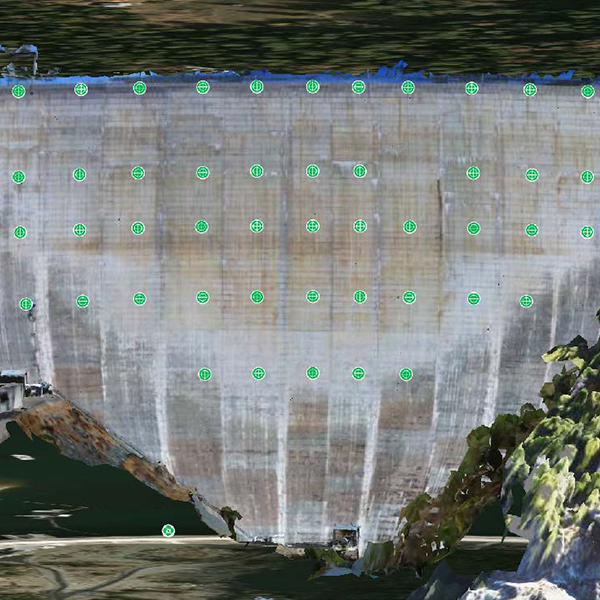TREND
Water Conservation and Climate Resilience
Water availability and quality can be strongly disrupted by climate change. Extreme weather events like floods and droughts illustrate this severity. A “One Water” approach is key for addressing the problem - water digital twins are part of the solution.
2023 TREND
Water Conservation and Climate Resilience
Climate Change is Water Change
it disrupts weather patterns, leading to extreme weather events, floods, unpredictable water availability, water scarcity, and contaminated water supplies. These impacts can drastically affect both the quantity and the quality of water that people need to thrive or survive. Here are three examples in 2022 alone of the severity of the situation.
- The Horn of Africa experienced its worst drought in four decades, with over 23 million people needing humanitarian assistance.
- Pakistan experienced its worst flooding in decades, with over 33 million people affected and over 1,400 deaths.
- The western and central United States experienced a severe drought, with a devastating impact on agriculture and communities that rely on surface water for drinking and irrigation.
These challenges, combined with aging infrastructure and increased populations, create additional difficulties to ensure water and food security worldwide.
The solution is to implement better and more holistic water cycle management, adopt circular principles to reuse water and wastewater, and intelligently map, monitor, inspect, and manage all water and its associated infrastructure, from source to tap. Taken together, this concept, “One Water,” fosters water-positive and climate-resilient decision-making. Water digital twins are becoming the norm for supporting these principles, playing a critical role in a sustainable Blue Economy.
Climate Change is Water Change.
It disrupts weather patterns, leading to extreme weather events, floods, unpredictable water availability, water scarcity, and contaminated water supplies. These impacts can drastically affect both the quantity and the quality of water that people need to thrive or survive. Here are three examples in 2022 alone of the severity of the situation.
- The Horn of Africa experienced its worst drought in four decades, with over 23 million people needing humanitarian assistance.
- Pakistan experienced its worst flooding in decades, with over 33 million people affected and over 1,400 deaths.
- The western and central United States experienced a severe drought, with a devastating impact on agriculture and communities that rely on surface water for drinking and irrigation.
These challenges, combined with aging infrastructure and increased populations, create additional difficulties to ensure water and food security worldwide.
The solution is to implement better and more holistic water cycle management, adept circular principles to reuse water and wastewater, and intelligently map, monitor, inspect, and manage all water and its associated infrastructure, from source to tap. Taken together, this concept, “One Water,” fosters water-positive and climate-resilient decision-making. Water digital twins are becoming the norm for supporting these principles, playing a critical role in a sustainable Blue Economy.
